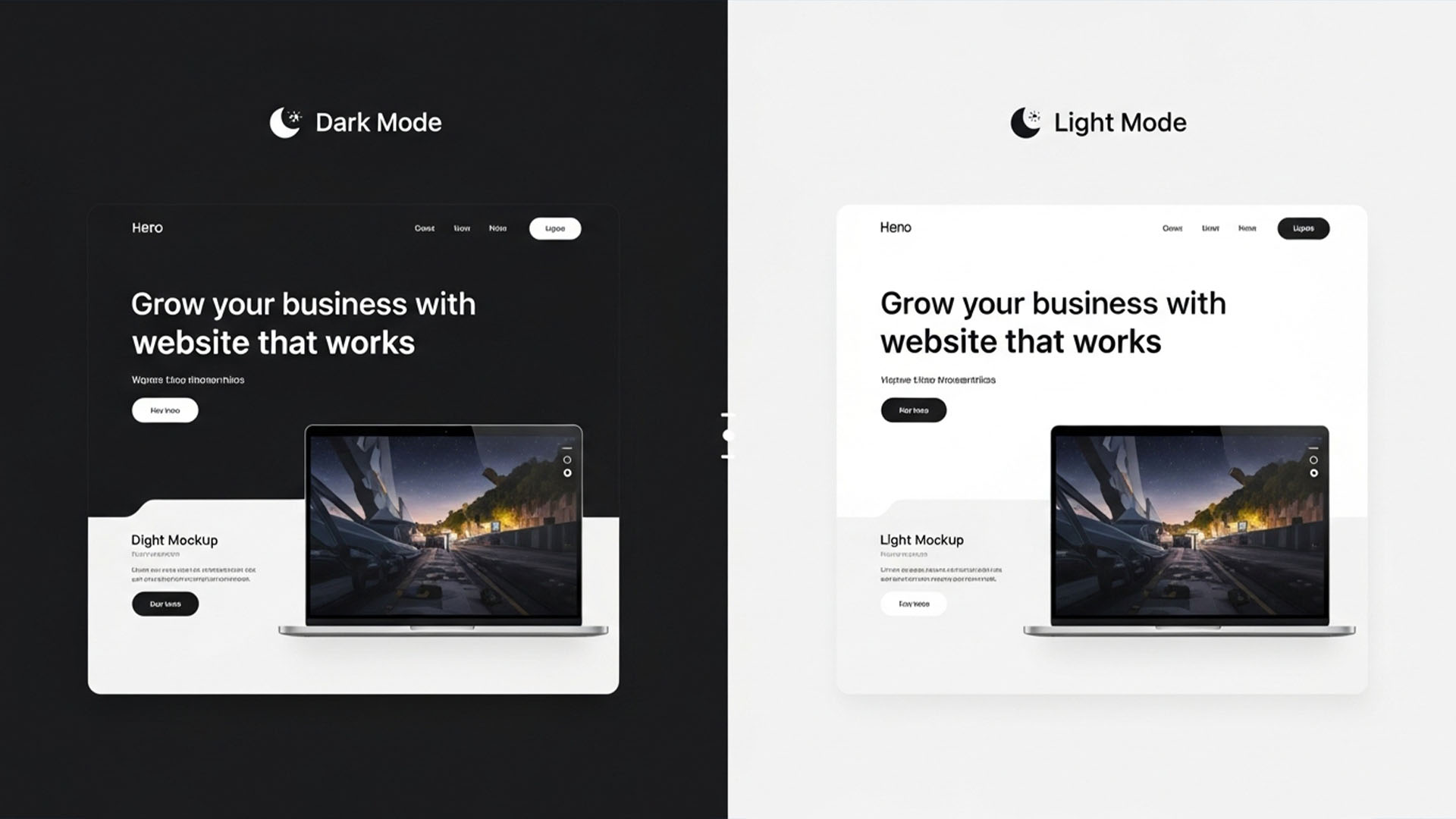
How to Improve User Experience (UX) to Boost Engagement on Your Website
User Experience (UX) is a crucial factor in determining how visitors interact with your website. A well-optimized UX enhances engagement, increases retention, and improves conversions. Whether you’re running an eCommerce site, a blog, or a corporate website, providing a seamless user-friendly experience is essential for success.
Steps to Improve UX and Increase Engagement
Web development experts agree on five key steps to enhance UX and drive higher user engagement.
1. Understand Your Website Visitors
To improve UX, you first need to identify and understand your target audience.
✅ Define Your Audience:
- Who are your visitors?
- What are their expectations?
- What challenges do they face when navigating your website?
✅ Use Analytics Tools:
- Track user behavior using tools like Google Analytics, Hotjar, or Crazy Egg.
- Analyze the most visited pages, time spent per page, and exit points.
✅ Collect Feedback:
- Conduct user surveys or usability tests to gain direct insights into how visitors perceive your site.
2. Optimize Website Design & Navigation
A well-structured design makes navigation intuitive and seamless.
💡 Best Practices for UX Design:
✔ Keep It Simple: A clean, clutter-free design enhances user engagement.
✔ Improve Navigation: Ensure users can find what they need easily with clear menus and logical page structures.
✔ Ensure Mobile Responsiveness: Your website must be fully optimized for mobile devices and tablets.
✔ Speed Up Loading Times:
- Use compressed images and fast hosting.
- Avoid heavy scripts that slow down performance.
✔ Use Clear Language: Avoid complex technical jargon—make your content easy to understand.
3. Enhance Content for a Better Experience
Content plays a vital role in UX by guiding visitors and keeping them engaged.
📌 Content Optimization Strategies:
✔ Deliver Valuable Information: Your content should meet user needs and solve their problems.
✔ Use Headings & Bullet Points: Well-structured content improves readability.
✔ Incorporate Visual Elements:
- Add images, infographics, and videos to make content more engaging.
✔ Regular Updates: Keep content fresh and update outdated information.
4. Improve User Interaction & Engagement
Encouraging active user participation makes your website more engaging.
🔹 Ways to Boost Engagement:
✔ Use Contact Forms, Polls, and Comments Sections – Allow users to share their opinions.
✔ Create an Online Community – Encourage discussions related to your brand.
✔ Offer Live Chat Support – Provide instant assistance through chatbots, email, or phone support.
5. Continuous Testing & Optimization
UX is an ongoing process—regular testing ensures your website stays optimized.
📊 How to Continuously Improve UX:
✔ Run A/B Testing: Test different layouts, button placements, and CTAs to find what works best.
✔ Use Heatmaps: Identify how users interact with your site.
✔ Monitor Performance Metrics: Track bounce rate, conversion rate, and time-on-site to spot areas needing improvement.
Key Factors to Focus On for UX Optimization
🚀 Website Loading Speed – Faster pages lead to better user engagement.
📱 Responsive Design – Ensure seamless browsing on all devices.
🔍 Easy Navigation – Simplify menu structures for better usability.
📝 High-Quality Content – Deliver valuable, engaging, and well-organized content.
💬 User Interaction – Encourage comments, feedback, and live support.
Final Thoughts
A well-optimized User Experience (UX) not only improves engagement but also increases conversions and customer satisfaction. By following these strategies, you can ensure that visitors enjoy a seamless and rewarding journey on your website.
For professional UX improvement services, reach out to Loop Media today:
- 📞 +966 55 054 8787
- 📧 Support@loop-media.co
- Visit our Contact Us page.
This article is available in Arabic. You can read the Arabic version [here].
 العربية
العربية


